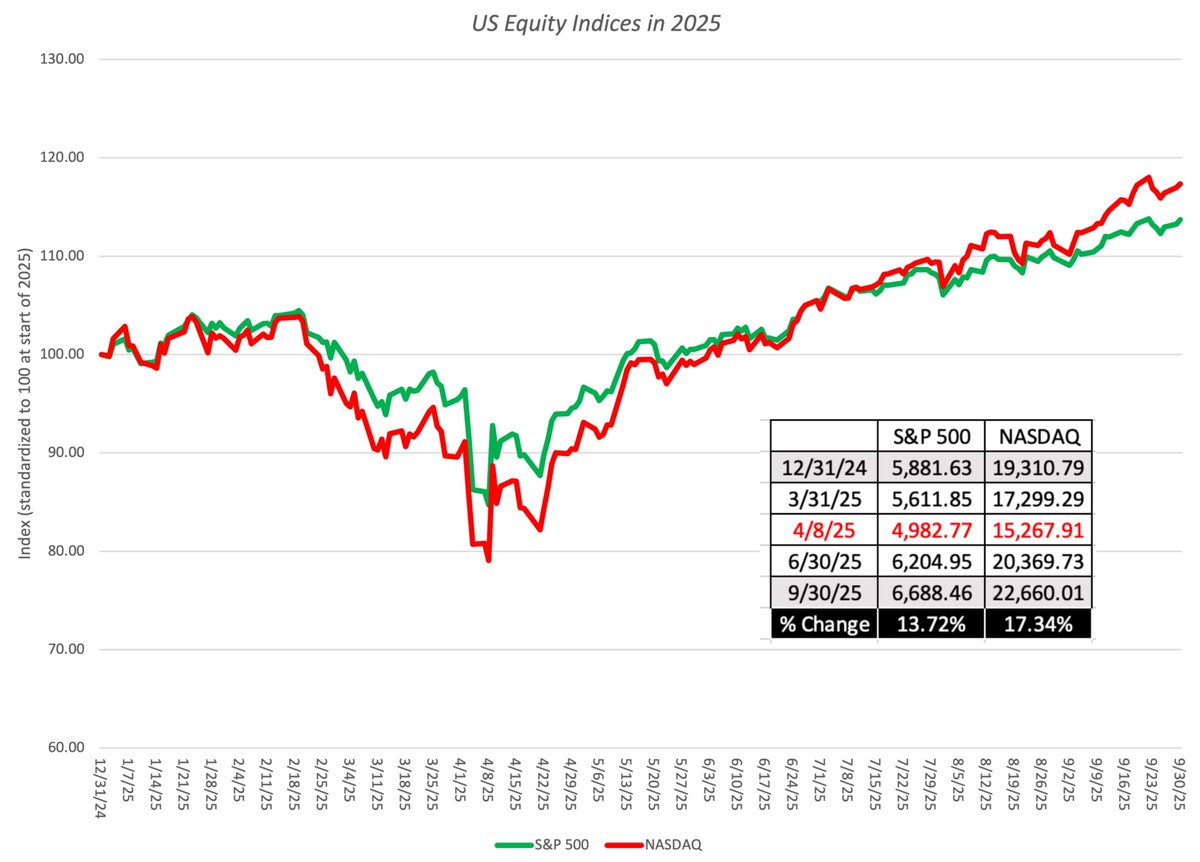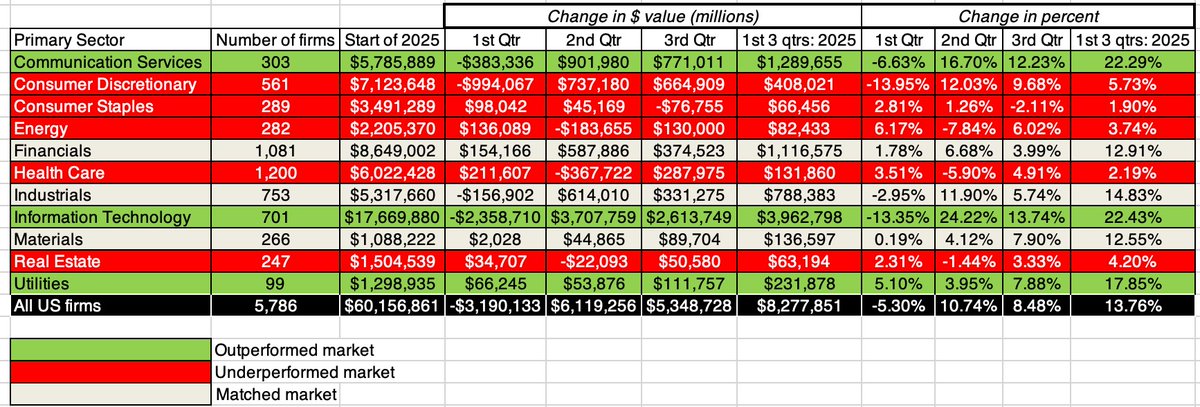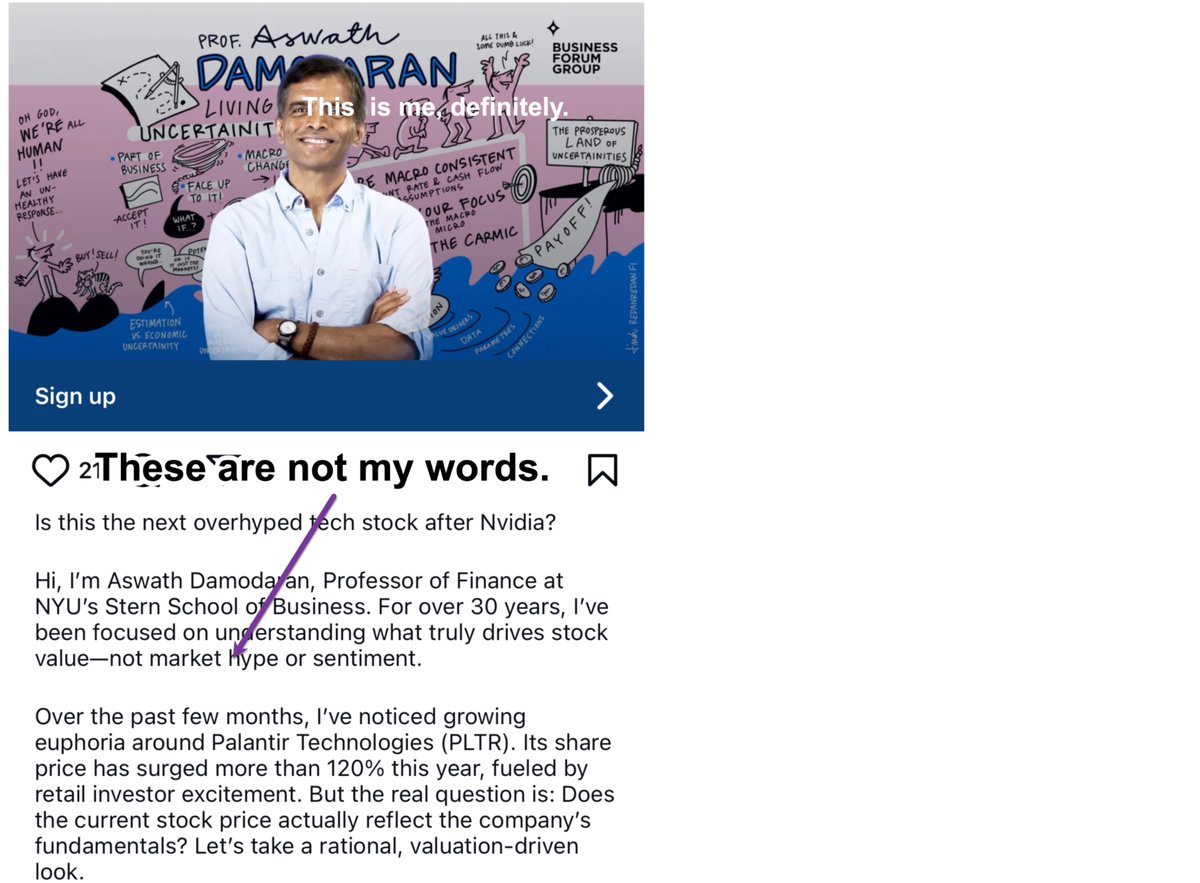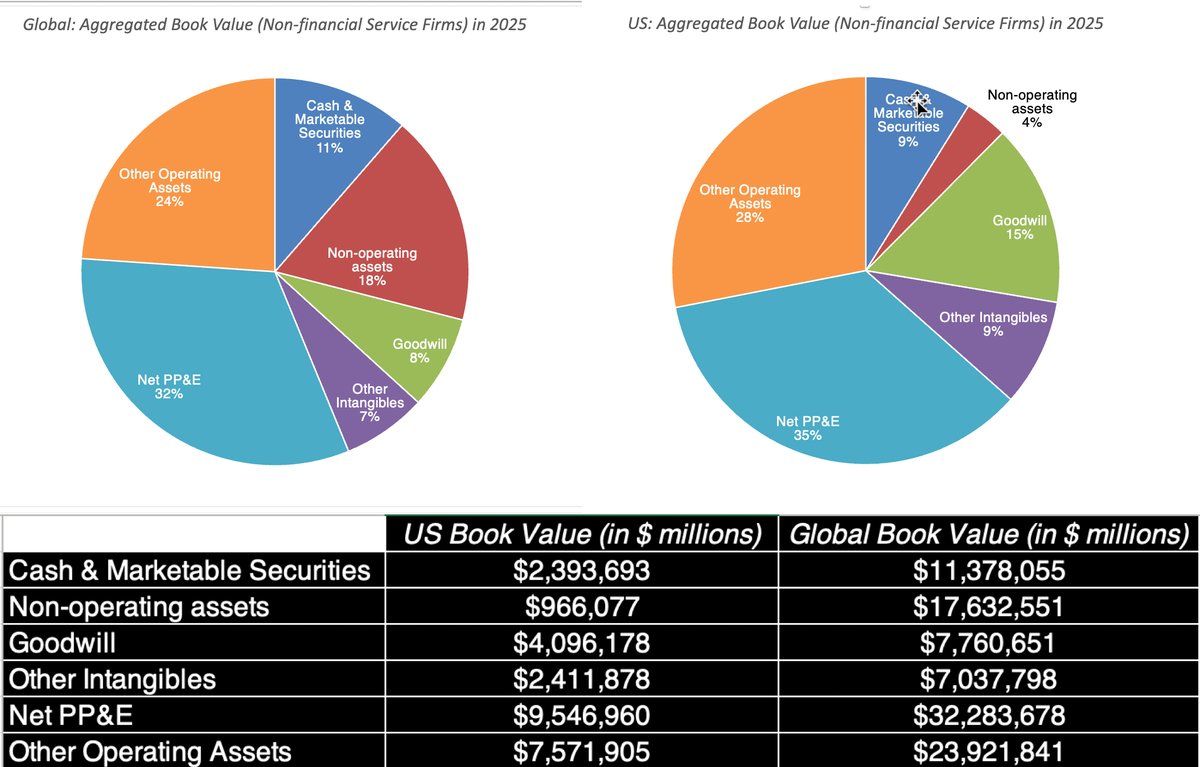The equity risk premium (ERP) is the price of risk in equity markets, the receptacle for all our fears. Each year, since 2008, I have updated a paper that includes everything I know about ERP. (Warning: It is 130 pages long...) Here is the 2021 version: bit.ly/2QQd3bB 

As the ERP rises and falls, it drives what investors are willing to pay for stocks, and what companies demand as hurdle rates. Views on whether it is too high or too low determine whether stocks are collectively under or over valued. bit.ly/2QQd3bB 

In practice, most analysts and companies estimate equity risk premiums by looking at the past (historical data), but that is not only backward looking, but it yields static and noisy estimates of the ERP, even for a market like the US, with a long history. bit.ly/2QQd3bB 

An implied ERP, computed from current stock prices and expected future cash flows, is a more forward-looking and dynamic estimate. At the start of 2021, this ERP was 4.72% after a tumultuous ride during 2020. bit.ly/2QQd3bB 

The price of risk (ERP) in equity markets moves mostly in sync with the price of risk in bond markets (default spreads) and when it does not (late 1990s, 2002-08), chaos ensues. Real estate is behaving more like stocks now than a divergent asset class. bit.ly/2QQd3bB 

Comparing the power of different measures of ERP to predict stock market returns over next decade, the current implied ERP does best (albeit with noise) and that historical ERPs do worst. (Look at correlations with actual 10-yr ERPs) bit.ly/2QQd3bB 

• • •
Missing some Tweet in this thread? You can try to
force a refresh















